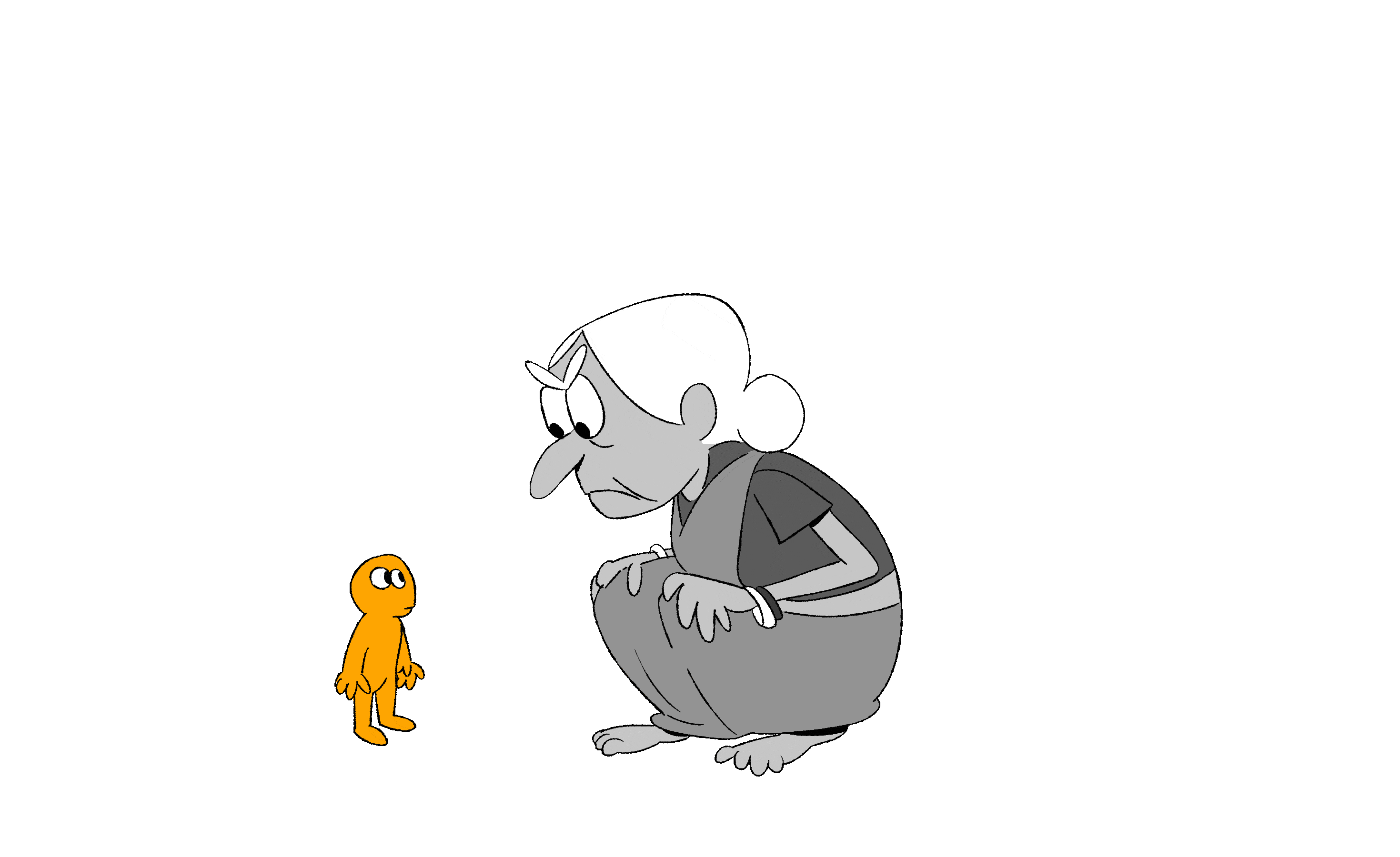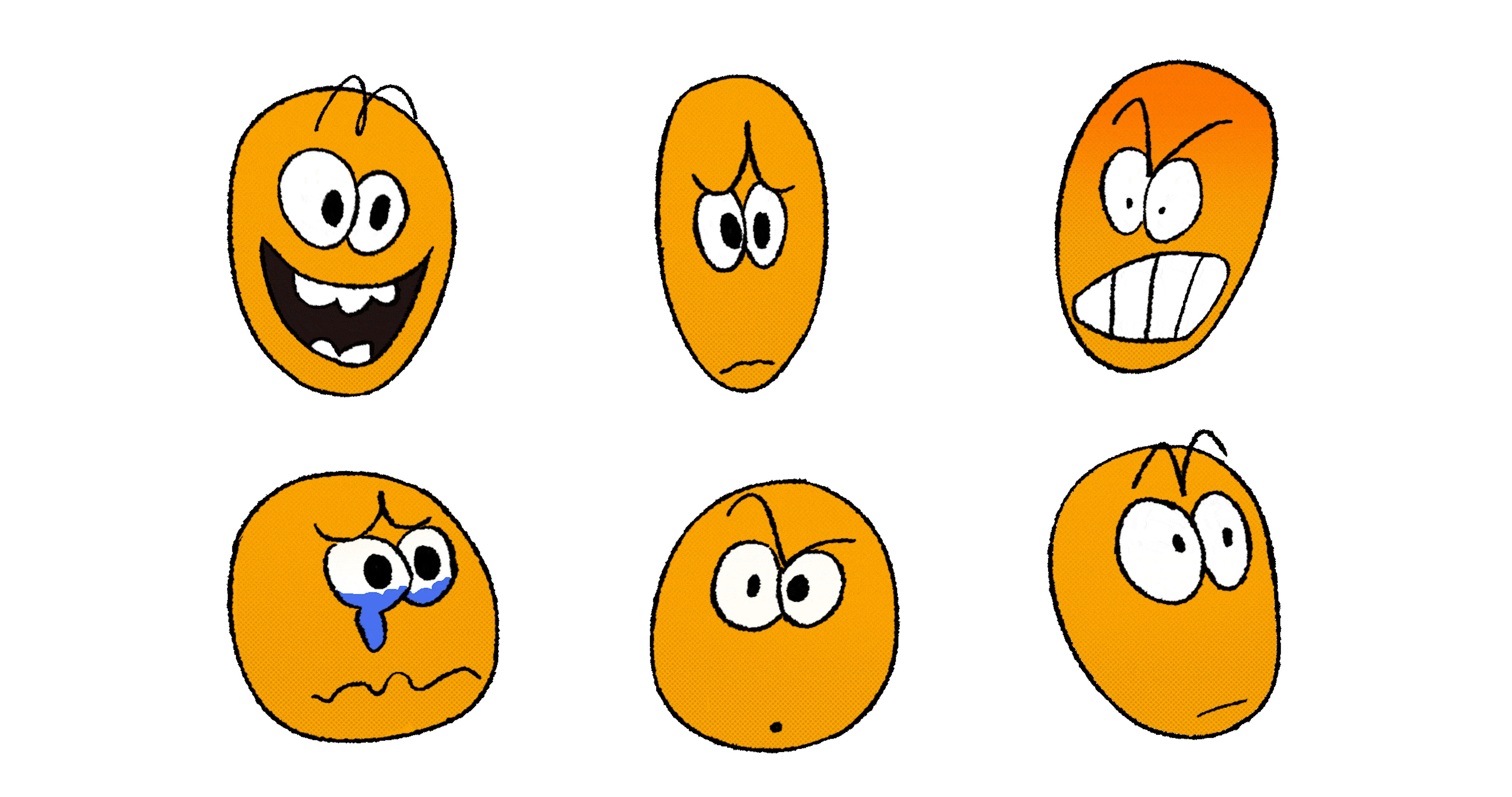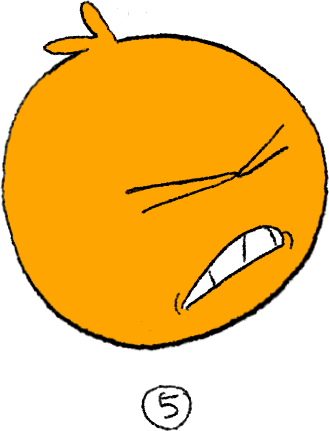Animation Principles - Exaggeration
Know more
Page 1 - What is exaggeration
Click the link to know more
Principles of Animation - Exaggeration
Exaggeration - adds more life and meaning to the character's actions
Page 2 - Exaggeration gives clarity
Click the link to know more
D'source Exaggeration | Principles of Animation
Page 3 - Exaggeration improves believability(wrongly spelled in live version)
Principles of Animation - Exaggeration - Brown Bag Labs
Exaggeration enhances believability by making emotions, actions, and characteristics more expressive and engaging. It emphasises key emotions, adds impact to movements, and clarifies a character's intentions. By exaggerating gestures and reactions, animators create distinct personalities and fulfil the audience's expectation of a heightened reality, making the animated world feel more alive and relatable.
Page 4 - Where it is used
Exaggeration is used in animation to emphasise emotions, enhance movements, and highlight physical features. It amplifies facial expressions, like stretching a smile, and actions, such as exaggerated jumps or reactions, to convey energy and intent. It's also common in comedic scenes to heighten humour and in character designs to emphasise traits like innocence or strength
Page 5 - How to use exaggeration
The Power of Exaggeration and How to Use the Technique
Page 6 - Experimenting with poses
Principles of Animation - Exaggeration
Page 7 - Exaggeration is everywhere
Exaggeration is found in several of the 12 principles of animation, enhancing elements like Squash and Stretch by amplifying deformations for more dynamic movements. It also works in Anticipation, making actions more dramatic by exaggerating the preparation for movements, like a deep crouch before a jump. In Timing, exaggerated pauses or speeds emphasise key moments, while in Follow-Through and Overlapping Action, it enhances secondary movements, making characters appear more fluid and lively.



































